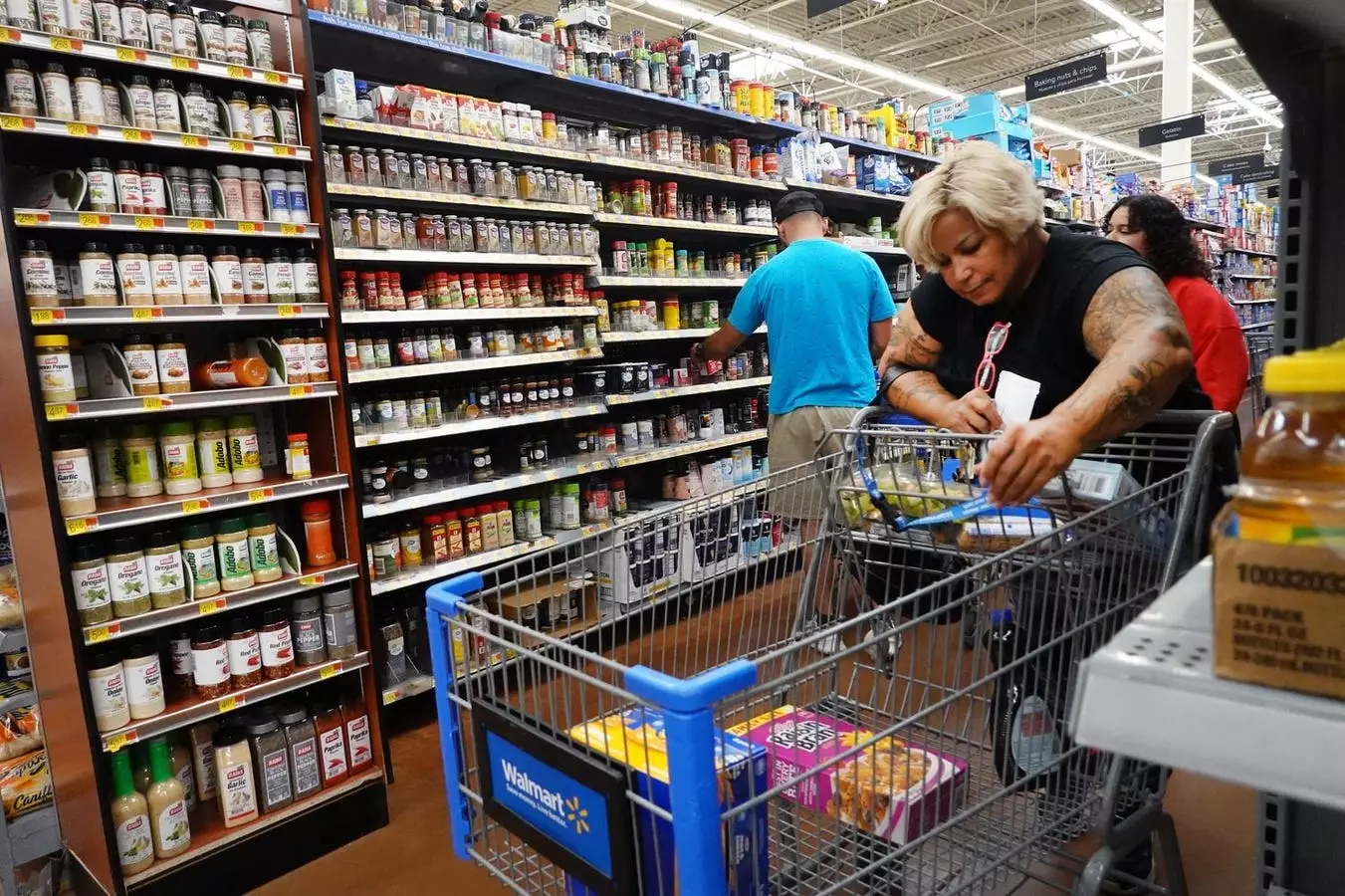The U.S. food and beverage sector is currently experiencing a surge in high-profile mergers and acquisitions (M&A) as well as a significant uptick in private equity (PE) investments. A recent report from PitchBook reveals that deal activities are on the rise, suggesting a strong appetite among investors. As 2024 unfolds, it is projected to come close to the transactional peak of 2021, hinting at a revitalized interest in food and beverage consumer packaged goods (CPG). With substantial actions like PepsiCo’s $1.2 billion purchase of Siete Foods and Keurig Dr Pepper’s billion-dollar deal with Ghost Energy, the sector is clearly in a dynamic phase.
What’s particularly notable is that not only is the sheer volume of M&A impressive, but the profile of the brands involved also signifies an evolving market. Big industry players are keenly focused on categories such as alcoholic beverages, baked goods, and innovative, celebrity-linked products. Data from Q3 2024 reflects a healthy level of deal-making activity, showing only a slight decrease from the previous year, despite broader economic uncertainties.
Impacts of Policy Changes on Investor Sentiment
While the outlook for M&A activity appears robust, there are critical factors that could temper investor enthusiasm in forthcoming years. One significant influencer is the potential for new tariffs amidst changing economic policies under President-elect Donald Trump’s administration. Proposed tariff rates ranging from 60% on products from China to 20% on other foreign goods stand to drastically alter the cost dynamics for U.S.-based CPG companies that rely on imported materials. Such financial pressures could lead to a shifting preference toward domestic brands, which would not only align with consumer sentiments for sustainability but also mitigate risks tied to international trade.
This notion is further supported by the anticipated lifestyle and health-related initiatives from Trump’s administration. The appointment of figures like Robert F. Kennedy Jr. to lead health policy strategies brings a strong focus on health and wellness, highlighting the growing consumer inclination toward cleaner, less artificial food products. Should these changes receive regulatory endorsement, consumer demand for healthier options may increase, propelling investment further into sustainable and domestically sourced products.
Despite these promising trends, the sector is not without its obstacles. One of the most pressing issues is labor shortages stemming from stricter immigration policies. The food and beverage industry has traditionally relied on a diverse workforce, and any limitations on immigration could significantly impact production capacities. According to analysts, this could result in either supply constraints or sharply increased consumer prices, creating a challenging environment for both companies and consumers alike.
With grocery costs continuing to rise, consumers may increasingly resort to budget-friendly alternatives and private-label brands. This trend could encourage brands to focus on optimizing their operational efficiencies and finding ways to present appealing value propositions to price-sensitive shoppers.
Given these challenges, CPG brands need to adopt strategic approaches to remain competitive in this evolving market landscape. Alex Frederick from PitchBook advocates for a comprehensive four-pronged strategy for companies looking to secure funding and thrive amidst fluctuations in the economy. Core recommendations include the cultivation of high-margin products, meticulous cash flow management, and an intensive review of product profitability across sales channels.
By focusing on improving operational efficiency, brands can either enhance margins on existing products or pivot to new, innovative offerings that resonate with emerging consumer demands. Furthermore, leveraging data analytics to monitor sales performance can provide critical insights that guide informed decision-making—allowing businesses to determine which channels yield the best ROI and to strategically phase out less profitable avenues.
While the U.S. food and beverage sector is entering a potentially transformative period filled with lucrative opportunities, it is also characterized by complex challenges. The interplay of M&A activity, shifting consumer preferences, and economic policy changes will continue to shape the landscape. Companies that harness data-driven strategies, adapt to policy shifts, and stay attuned to consumer trends will be well-positioned to navigate this intricate environment and drive sustainable growth through 2025 and beyond. The key lies in marrying innovation with practical solutions that resonate with an increasingly discerning consumer base.

